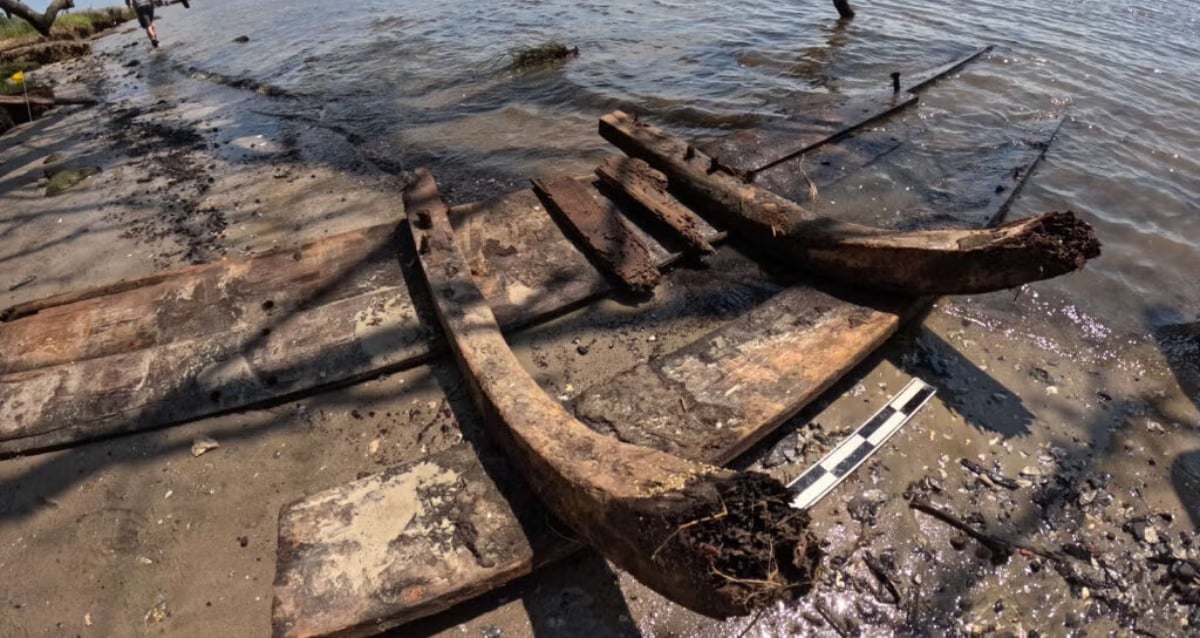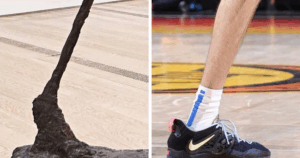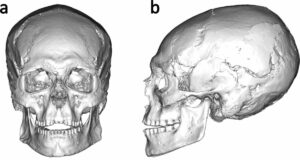Greek Archaeologists Uncover Possible Lost Temple of Odysseus, Sparking Debate Over Legends and History
During the Hellenistic period, the natural terraces were dramatically restructured with carved staircases, architectural terraces, and a tower-like structure dated to approximately the third century B.C.E., which all signal major civic and sacred activity, particularly related to Odysseus.
Physical Evidence Of Odysseus Worship Blurs The Line Between Myth And Fact
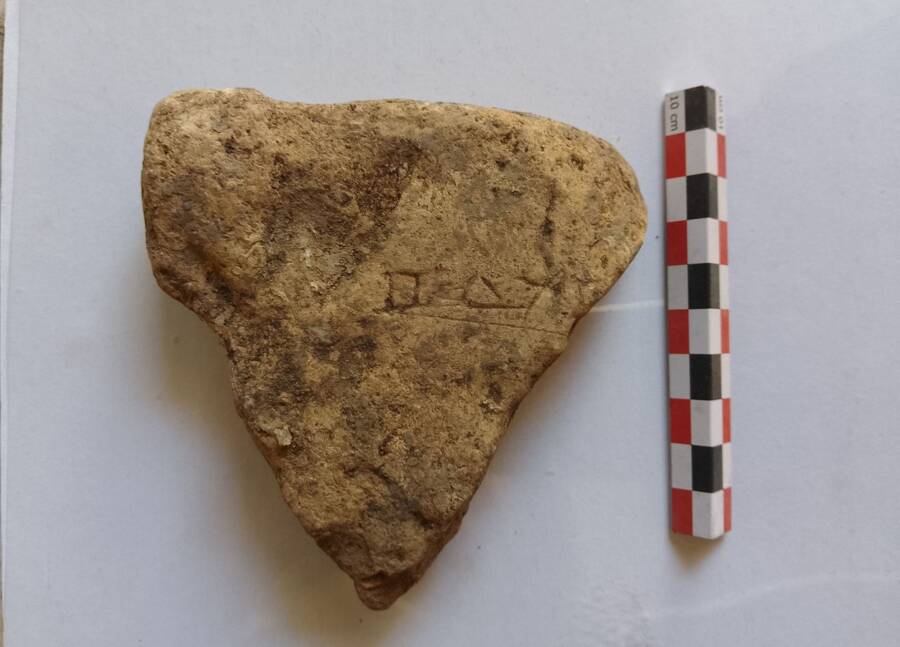
Greek Ministry of CultureA tile engraved with a votive inscription to Odysseus.
The new theory that this site was once the Sanctuary of Odysseus stems from several key finds. For instance, archaeologists uncovered multiple roof tiles from the lower terrace that were inscribed in ancient Greek with the phrases ΟΔΥCCEOC (“of Odysseus”) and ΟΔΥCCEI (“to Odysseus”). These tiles suggest the presence of a formal sanctuary dedicated to the legendary king of Ithaca. The site is now widely being referred to as the Odysseion, a hero’s shrine where Odysseus was venerated by local and foreign pilgrims alike.
The terrace also yielded a miniature bronze bust believed to depict Odysseus himself, bearing stylistic similarities to representations of him featured on ancient Hellenistic and Ithacan coinage. Accompanying it were dozens of clay votive fragments, loom weights, spindle whorls, and more than 100 coins dating from the third century B.C.E. to the early Roman period.
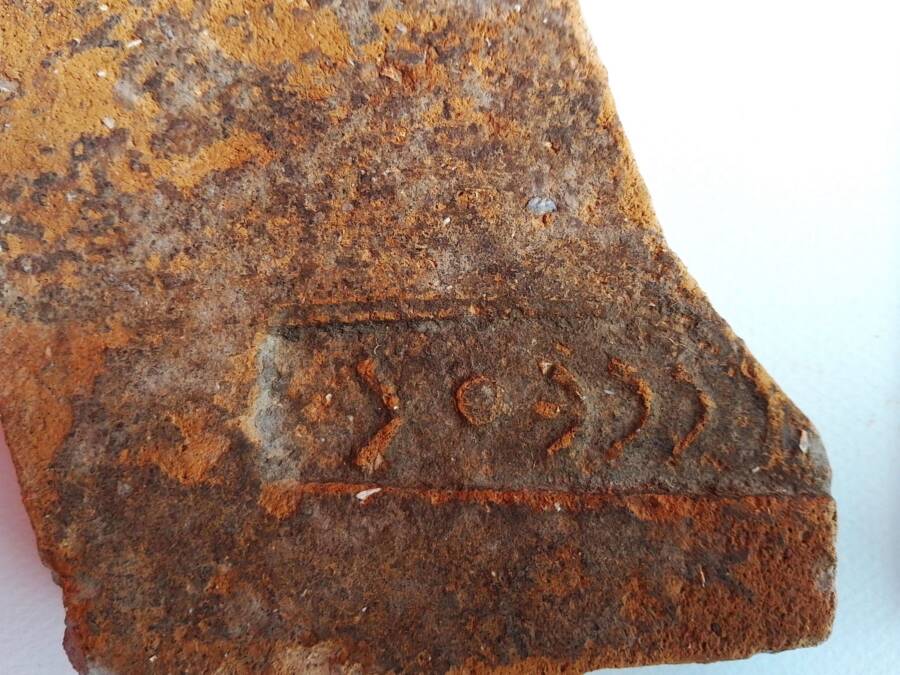
Greek Ministry of CultureA stamped tile bearing the name of Odysseus.
Together, these artifacts point to ritual activity and sustained pilgrimage to this site over multiple centuries.

